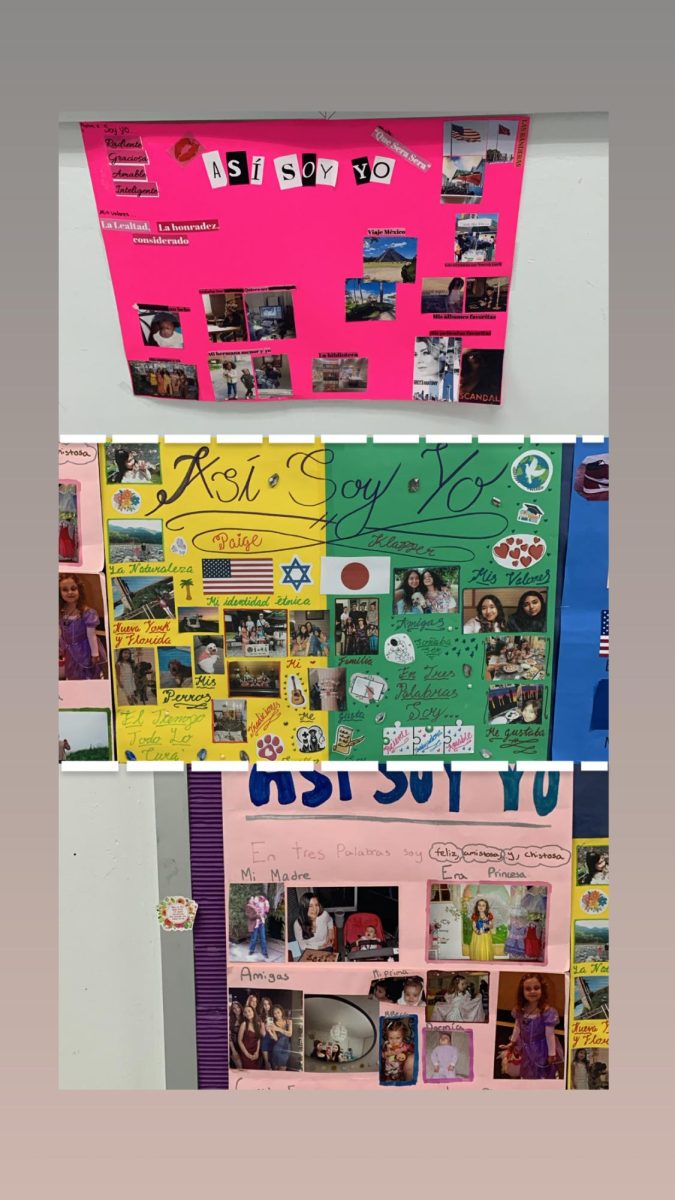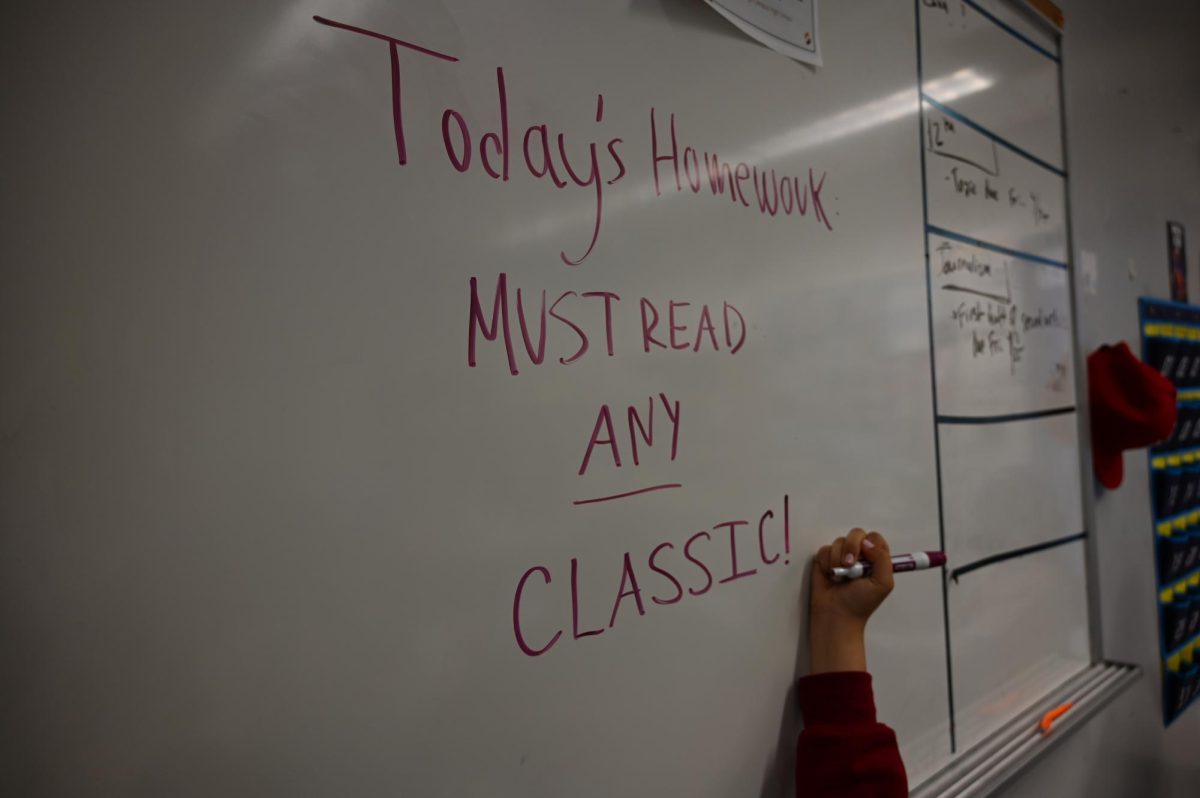Academic Burnout: What is it and What Can We Do?
October 1, 2022
Imagine opening your eyes every morning and feeling nothing but hate against the world. Sooner or later in the day, you lose your cool about nothing in particular, and from that point on, you’re either unable to get anything done or lack motivation. All of this may seem to be the consequence of a bad day, but it might also be a signal of burnout.
Burnout is a condition in which people under severe stress develop depression-like symptoms; burnout can manifest as physical, mental, or emotional exhaustion. Students’ stress levels are at an all-time high during the school year. Being a high school student takes a lot of effort and can deplete energy, making you feel like you’re carrying the world’s weight on your shoulders. We are continuously driven, as twenty-first-century teenagers, to push our limitations in terms of what classes we should take to get into a “good” college. Not only should we take all AP classes, but we should also get all A’s in them, and in these rigorous classes, teachers pile on hours and hours of homework per night, intending to prepare you for the year’s standardized tests. In addition, we’re encouraged and expected to participate in extracurricular activities that take up hours of our precious time. We are provided very little time to appreciate the benefits of being a teenager during this time, which only leads to one thing: burnout.
According to a 2013 poll conducted by the American Psychological Institution, 31% of teenagers indicated that they felt overwhelmed when school was in session. In addition, the national teen suicide rate is increasing. According to the National Center for Health Statistics and the Centers for Disease Control and Prevention, suicide was the second most significant cause of death among Americans aged 15 to 24 in 2017. So, what can we do to get our generation out of this never-ending burnout cycle? Regrettably, this is a national issue that will not be resolved overnight. Because American values are centered on “achievement,” there isn’t enough concern about this rising problem, which is the root of the problem. Our first step in combating the burnout pandemic is to provide safe places for students to seek help if they are experiencing symptoms of burnout. This will allow students to take a step back and accept their suffering by raising awareness about the issue and normalizing its overall existence, giving them room to seek help.
After normalizing the burnout epidemic, we may practice mindfulness to care for ourselves. Mindfulness is the ability to be fully present and aware of where we are and what we’re doing without being overly reactive or overwhelmed by what is happening around us. The practice of mindfulness derives from Buddhist and Hindu teachings of meditation.
Setting intentions at the start of each day is an excellent way to start your mindfulness experience. You are organizing your thinking and allowing yourself to destress for the day ahead by waking up and making these goals for yourself. Set positive goals for yourself: “Today, I will be kind to myself; be patient with others; help the needy; stay grounded; keep the faith; have fun; eat well,” or whatever else comes to mind.
If you are seeking help, contact the guidance counselor and stay cool!













